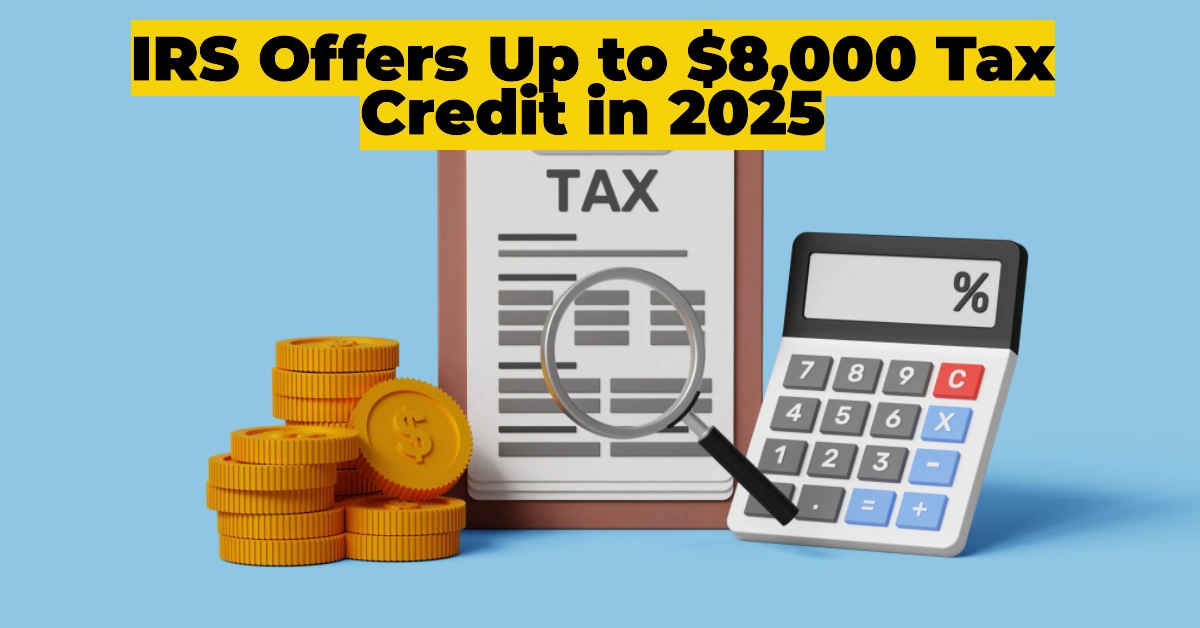Retirement is often envisioned as a period of peace and relaxation, a reward for decades of hard work. However, for millions of Americans in public service—such as teachers, police officers, and firefighters—retirement planning has been anything but peaceful. Current Social Security rules have left many retirees with reduced benefits, creating financial uncertainty and anxiety.
Table of Contents
Now, a beacon of hope has emerged: the Social Security Fairness Act, a proposed bill that could revolutionize how public sector workers receive their benefits. Let’s dive into what this legislation means, the challenges it faces, and the potential impact on millions of lives.
1. Unpacking the Problem: What Are the WEP and GPO?
To understand the stakes, we must first examine the Windfall Elimination Provision (WEP) and the Government Pension Offset (GPO)—two longstanding policies affecting Social Security benefits:
- The WEP (1983):
- Reduces Social Security benefits for individuals who receive a pension from a job not covered by Social Security.
- This reduction can be as much as $600 per month, leaving many retirees financially strained.
- The GPO (1977):
- Eliminates spousal and survivor benefits for retirees who receive pensions from uncovered employment.
- This policy disproportionately impacts spouses and dependents, leaving them without financial support after the loss of a loved one.
These measures were implemented to prevent “double-dipping” into Social Security funds. However, they have unintentionally penalized public sector workers, creating inequities that have persisted for decades.
All the Social Security Updates for Divorced Individuals – How They Will Impact Your Benefits
2. The Social Security Fairness Act: A Solution on the Horizon?
The proposed Social Security Fairness Act aims to eliminate both the WEP and GPO. If passed, the law would ensure all Social Security beneficiaries are treated equally, regardless of whether they have pensions from uncovered employment.
- Who Would Benefit?
- Over 2 million retirees affected by the WEP.
- More than 735,000 individuals impacted by the GPO.
Experts, such as Professor Sharona Hoffman from Case Western University, argue that the bill is about rectifying a decades-old injustice, ensuring that public sector retirees receive fair treatment.
2025 COLA Increase Broader Impact on Supplemental Security Income (SSI), Payment Dates for 2025
$134 Social Security Checks Approved by SSA – Eligibility, Amounts, and Payment Dates Explained
3. The Cost of Fairness: $190 Billion Over a Decade
The estimated cost of the Social Security Fairness Act is $190 billion over 10 years—a figure that raises concerns about the financial sustainability of the Social Security program.
- Critics worry the bill could exacerbate existing funding challenges for Social Security.
- Supporters argue the cost is a necessary investment in fairness and justice for millions of Americans.
$725 Monthly Stimulus Payments for Families in the Sacramento Primero Program
What is the Lowest Social Security Retirement Benefit in 2025?
4. Bipartisan Support: A Glimmer of Hope
The bill has gained bipartisan support in the House of Representatives, marking a critical step forward. However, it still requires Senate approval to become law.
- Political Hurdles:
- The measure stalled during the Biden Administration.
- The change in administration has left the bill in limbo, with a decision likely deferred until 2025.
- The Trump Administration’s stance on the matter will be pivotal in determining its fate.
9 States That Will Still Tax Your Social Security Benefits in 2025: What You Need to Know
What State Pays the Most for SSI 2025: Maximizing SSI Benefits
5. What’s Next?
The future of the Social Security Fairness Act remains uncertain. If the bill isn’t passed, it highlights the urgent need for broader reform of the Social Security system. Policymakers must address long-standing inequities while ensuring the program’s sustainability for future generations.
Top 9 States with the Highest Social Security Payouts: Where Retirees Maximize Their Benefits
6. Why This Matters: A Lifeline for Public Servants
For retired teachers, police officers, and other public servants, the WEP and GPO have been sources of financial hardship and frustration. The Social Security Fairness Act represents a chance to correct these inequities, restoring dignity and security to those who dedicated their lives to serving others.
- Without the Act:
- Public sector retirees will continue to face reduced benefits and uncertainty.
- With the Act:
- Millions could receive the full benefits they deserve, bringing long-awaited relief to retirees and their families.
The Social Security Fairness Act has reignited the debate over fairness and equity in retirement benefits. While the bill holds the promise of transformative change, its future depends on political will and public advocacy.
For now, affected retirees must wait until 2025 to see if this legislation will bring the justice they’ve sought for decades. One thing is clear: the outcome of this debate could reshape the lives of millions of Americans. Will this be the moment when fairness finally prevails? Only time will tell.











One thought on “Social Security Fairness Act: Could This Finally Bring Justice to Retirees?”